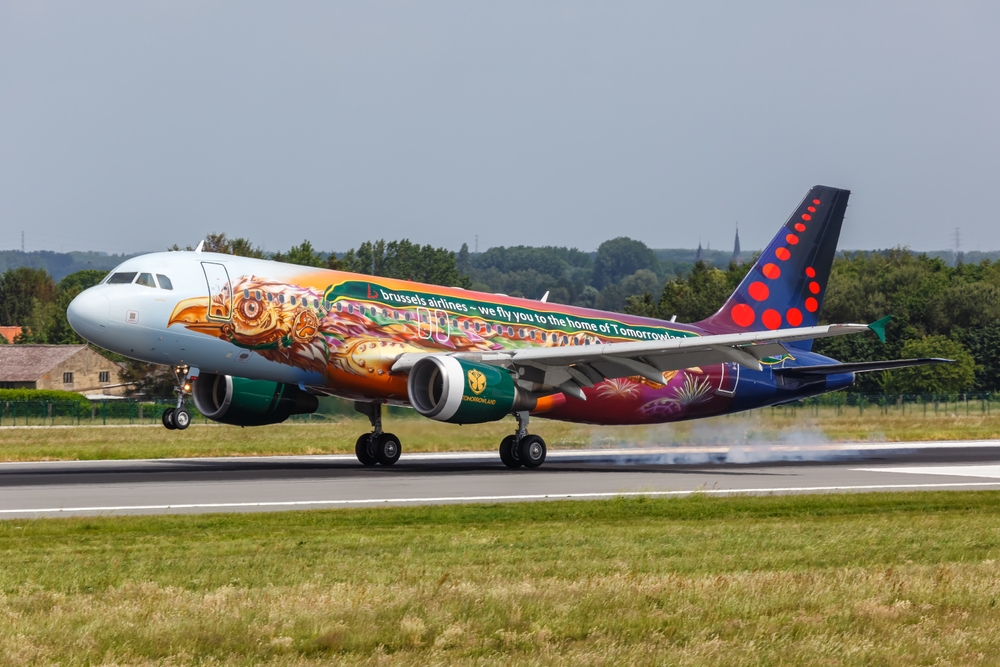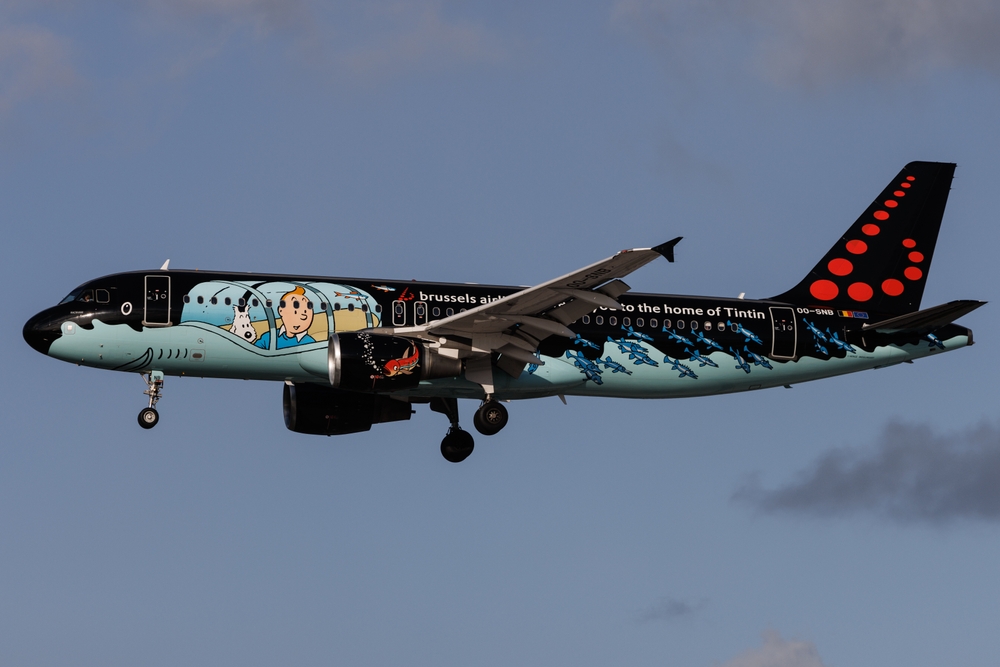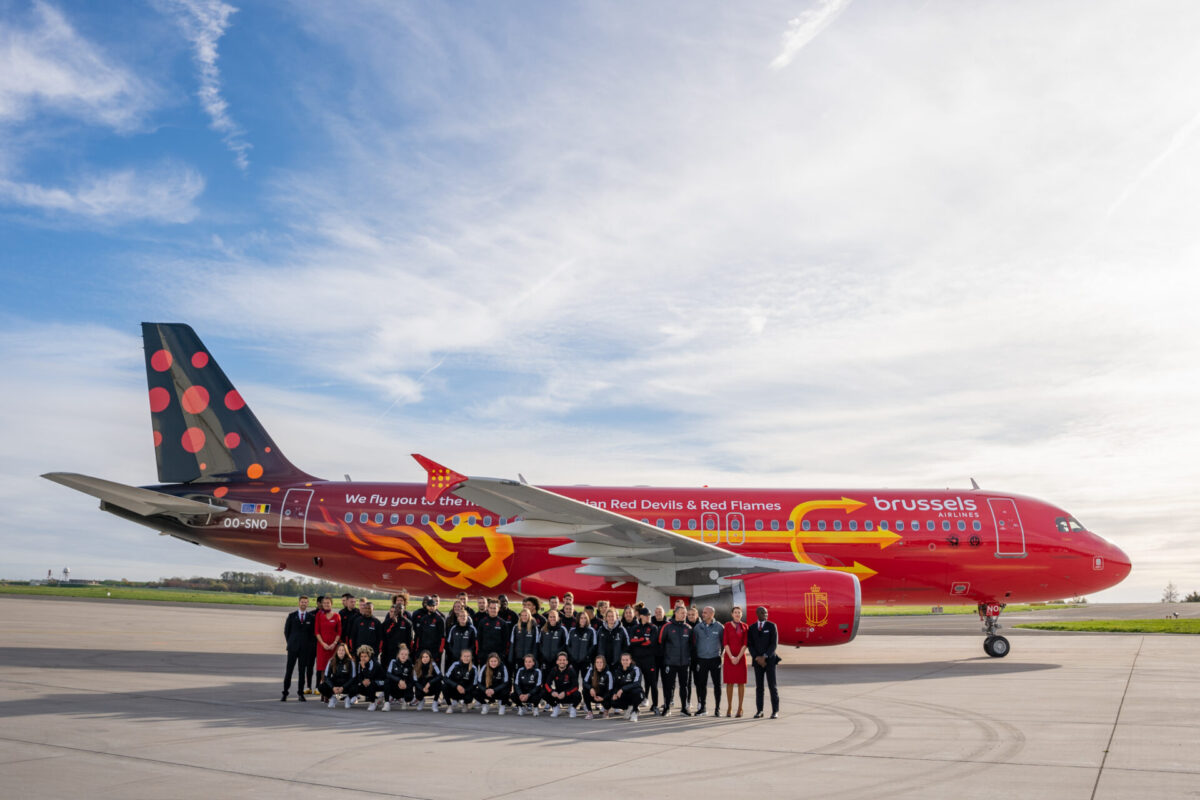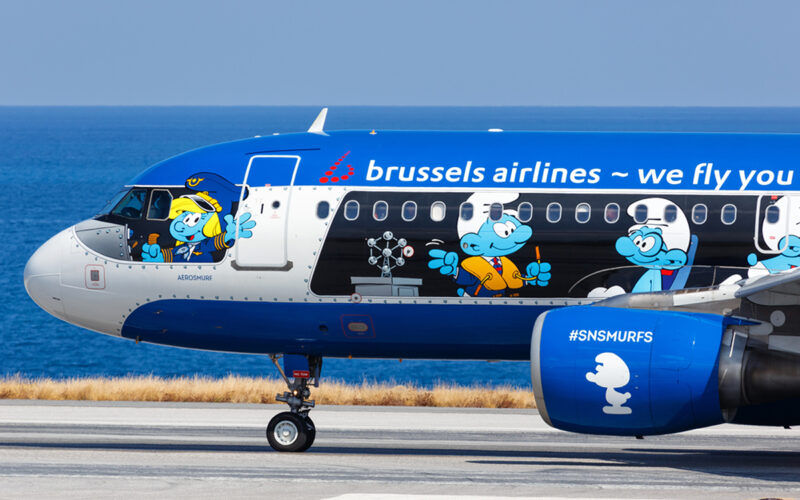Brussels Airlines has launched a new publicity campaign to highlight to customers the keystones of its Belgian DNA. The campaign, with the title of ‘A little piece of Belgium in the Air’, has been launched not only to provide a platform for the Brussels-based carrier to underline its Belgian credentials but to also showcase the carrier’s home country of Belgium as well as the airline’s high-quality products and passenger experience.
According to a statement issued by Brussels Airlines, through the campaign, the airline wants to let passengers know that the company “speaks their language,” both literally and figuratively. Not only does the airline “understand what is important to travelers [such as] sitting together onboard, hand luggage always included and responsive customer relations,” but also that its multilingual cabin crew also speaks French, Dutch, English, and many more languages besides – all characteristics that the airline hopes will set it aside from its competition.

“Speaking your language is more than just words,” commented Michel Moriaux, Head of Marketing at Brussels Airlines. “When people think of Belgium and a Belgian airline, they might immediately think of beer and chocolates. And yes, we do have those on board. But being Belgian is much more than those clichés.”
“From our special ‘Belgian Icon’ aircraft liveries to our uniforms designed by a student from the Royal Academy of Fine Arts in Antwerp, our Belgian DNA is everywhere. We’re happy to underline this ‘Belgitude’ both to make Belgians feel at home when flying with us, but also to make our international passengers eager to discover our country,” Moriaux added.
The new campaign, launched on January 13, 2025, intends to showcase various aspects of the airline’s Belgitude by adopting a cross-media campaign approach. This, says the carrier, will include television commercials and billboard advertisements at bus stops and airports, as well as across several social media channels.
The Belgitude referred to by Brussels Airline in its statement covers a range of activities the carrier has undertaken and embraced over the years that have highlighted its Belgian roots. These include the Belgian Icon liveries that first appeared in 2015 on one of the company’s Airbus A320 aircraft (registered OO-SNB) in the form of a unique Tintin-inspired color scheme. Others have included references to the Smurf cartoon characters and the annual ‘Tomorrowland‘ dance festival. In March 2025, the next special livery will be unveiled honoring the iconic Atomium building located in the center of Brussels.

Adding to the impact of its Belgian DNA, passengers traveling on board Brussels Airlines long-haul business class flights can dine on specially formulated menus designed by world-famous Belgian chefs such as Arabelle Meirlaan, and previously Michaël Vrijmoed and Peter Goossens, among others.
Looking elsewhere through its Belgian DNA profile, the airline has closely partnered with the Belgian Red Devils and the Belgian Red Flames (the national men’s and women’s soccer teams) for many years, and during their important matches, scores of the game are also shared on board through the onboard intercom from the cockpit. The teams also have their own aircraft livery as displayed on the airline’s Airbus A320 OO-SNO.

From crew uniforms designed by Belgian designer Gabrielle Schwarzenberg to amenity kits produced in conjunction with famous Belgian brands such as Serax and Ethnicraft, and from the onboard chocolates from premium brand Neuhaus to a range of Belgian craft beers served on every flight. According to the carrier’s ‘A little piece of Belgium in the Air’ campaign material, “Belgian design is everywhere at Brussels Airlines.”

